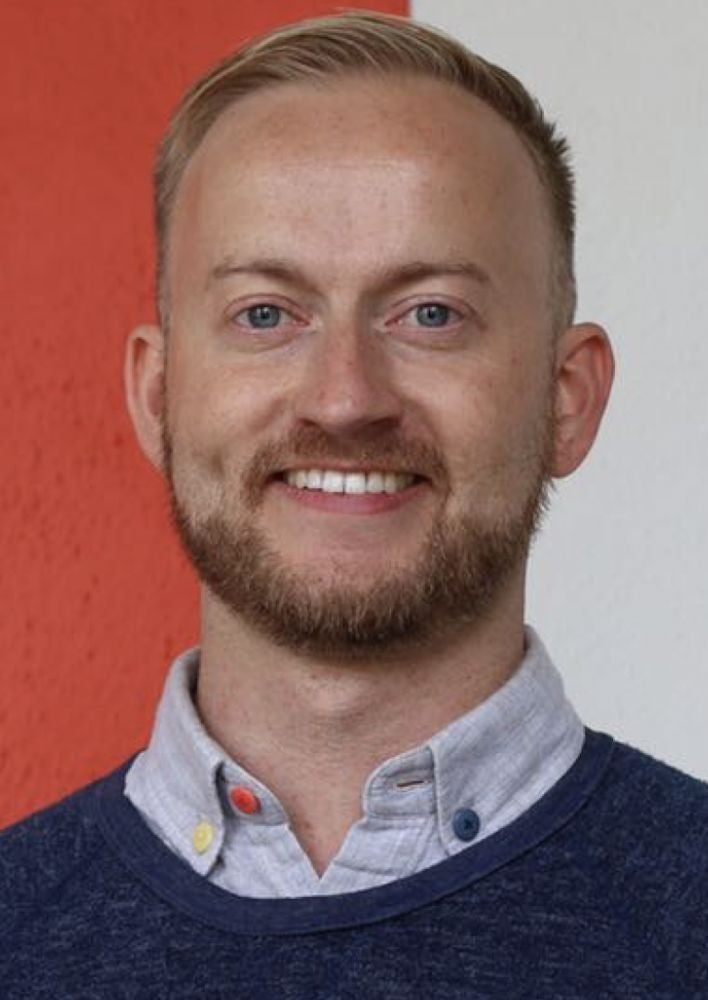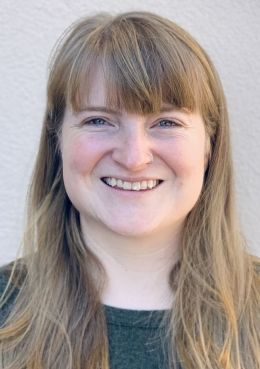
‘Child Marriage’ Misconceptions




An international campaign to end marriage child marriage (marriage under 18 years) has grown substantially over the past decade, with many organizations now devoted to raising public awareness. Child marriage is most common in parts of Sub-Saharan Africa and South Asia, where close to 40% of girls marry under 18 years. It also occurs at much lower frequencies in the United States.
A new survey, led by David W. Lawson, a UC Santa Barbara associate professor of anthropology, reveals the general public hold a number of important misconceptions about child marriage, and suggests inappropriate terminology and awareness campaigns that utilize extreme images and scenarios to get donor attention are partly to blame.
The study was carried out in collaboration with Susan B. Schaffnit, a UCSB anthropology postdoctoral scholar, and two undergraduate students in anthropology, Rachel Lynes and Addison Morris. Together the team designed and administered an online survey to over 700 Americans. It is now published in the journal PLOS One.
“We predicted misunderstandings would be common for two main reasons,” Lawson said. “Firstly, the terminology ‘child marriage’ conjures the notion of prepubescent brides. Secondly, awareness campaigns routinely utilize shocking images and extreme scenarios to capture public attention, such as forced marriage of very young girls to very old men. These campaigns are effective, but there is also a responsibility to portray the lives of people living in lower income nations accurately”.
Half of those surveyed mistakenly believed that the cut-off for child marriage is lower than 18 years, and nearly three-quarters incorrectly believed that most child marriages occur at 15 years or below. In reality, it is most common in later adolescence, just below 18 years of age.
“We argue that alternative terminology, like ‘teen marriage’ or ‘minor marriage’ would be more appropriate in most cases, and help us all be clear that this is phenomenon that primarily affects adolescents, often married to men of similar ages” Lawson said.
Most participants also believed that child marriages are usually or universally forced marriages. Yet this is not always the case, such as when girls elope to marry against parental wishes. The team has previously highlighted this issue through their research in Tanzania.
“Even if early marriage is not the best choice, or a fully informed decision for young people, it nevertheless is often something they actively desire and choose in many cases,” Schaffnit said. “Engaging with this reality is vital if we want to design effective interventions to reduce the scope for early marriage to be harmful.”
Misconceptions also applied to America itself, where child marriage is rare but only illegal in four states. Most participants incorrectly guessed that it is banned in all 50.
“Very few people are aware of the hypocrisy of efforts to change marriage laws in lower-income nations, while retaining its legality at home,” Lawson said. “Marriage under 18 in America is often defended as a necessary right, especially in cases where teen pregnancy is involved. Such contingencies are absent in our exported position on child marriage.”
Participants also substantially overestimated the worldwide prevalence of child marriage, especially in Muslim-majority world regions. The authors suggest this is consistent with well-known tendencies to view lower income nations as hopelessly disadvantaged, along with misconceptions about Islamic culture.
“Child marriage is a topic we should all be concerned about, with clear scope for harm. We don’t dispute that. But we also need to be careful not to reinforce damaging stereotypes,” Lawson said. “If we exaggerate the extent to which cultural traditions, like early marriage, threaten wellbeing, this can feed into the view that disadvantaged peoples are to blame for their own hardships, and take focus away from broader structural issues, like poverty. Future campaigns to end child marriage should weigh the benefits of emphasizing extreme cases to garner philanthropic and policy attention against the less tangible dangers of fueling common misunderstandings.”
The project marks the first publication for student co-authors Lynes and Morris, both of whom have graduated.
“It was a really rewarding experience to work with Professor Lawson,” Lynes said. We designed the survey, piloted it on students on campus, put it online and analyzed the data all together as a team.”
“It was a great opportunity,” Morris added. “Hopefully our study will help prevent some common misunderstandings about child marriage, and encourage advocacy groups to be more responsible in how they present the topic in the future.”
The research was supported by UCSB and the National Science Foundation.



